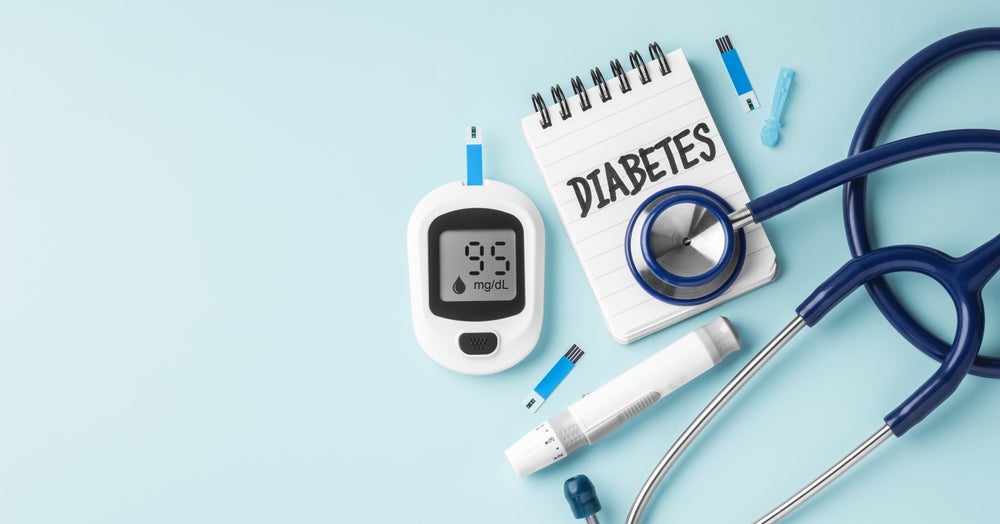Table of Contents
- 0.1 Study Design and Methodology
- 0.2 Key Findings
- 0.3 Implications for Diabetes Management
- 0.4 Expert Insights
- 0.5 Looking Ahead: The Future of Diabetes Treatment
- 1 What are the specific ways in which the combination therapy of GLP-1RA and empagliflozin has been shown to reduce cardiovascular events in patients with type 2 diabetes?
Cardiovascular Benefits of Combined Diabetes Therapy Revealed at AHA 2024
At the recent American Heart Association’s (AHA) 2024 Annual Scientific Sessions held from November 16-18 in Chicago, Illinois, researchers from Eli Lilly and Boehringer Ingelheim presented groundbreaking findings on cardiovascular (CV) outcomes for patients with type 2 diabetes (T2D). The study focuses on the comparative effectiveness of glucagon-like peptide-1 receptor agonist (GLP-1RA) therapy when paired with empagliflozin versus sulfonylureas (SUs).
This research highlights the critical importance of combination therapies in managing T2D and emphasizes the potential for improved cardiovascular health in this patient population.
Study Design and Methodology
The study analyzed a substantial cohort of patients, totaling 53,209 individuals, to evaluate the risks associated with two different therapeutic regimens. Specifically, 27,292 patients initiated GLP-1RA therapy alongside empagliflozin, while 25,317 patients were prescribed GLP-1RA with SUs. Using advanced statistical methods, including propensity score standardized mortality ratio weighting to adjust for 98 covariates, researchers estimated hazard ratios and rate differences per 1,000 person-years. The primary endpoints comprised composites of myocardial infarction (MI), stroke, hospitalization due to heart failure (HHF), and all-cause mortality.
Key Findings
The results were striking. Patients who began treatment with GLP-1RA and empagliflozin exhibited significantly lower risks than their counterparts on GLP-1RA and SUs:
- Myocardial Infarction or Stroke: Hazard Ratio (HR) 0.70 (95% CI: 0.55, 0.90); Rate Difference (RD): -4.3 (-6.6, -2.0)
- Primary Hospital Discharge Position HHF: HR 0.59 (95% CI: 0.43, 0.81); RD: -3.9 (-5.8, -2.1)
- Any Discharge Position HHF: HR 0.84 (95% CI: 0.72, 0.98); RD: -7.6 (-11.6, -3.6)
- All-Cause Mortality: HR 0.83 (95% CI: 0.62, 1.11); RD: -1.3 (-3.2, 0.56)
These findings indicate a clear trend favoring the combination of GLP-1RA and empagliflozin, suggesting a significant additive cardiovascular benefit that could reshape treatment protocols for T2D patients.
Implications for Diabetes Management
The study’s implications extend beyond immediate clinical outcomes. With empirical data supporting the efficacy of sodium-glucose cotransporter-2 inhibitors (SGLT-2I) like empagliflozin in reducing heart failure risks among T2D patients, the research strengthens the position of both GLP-1RA and SGLT-2I therapies in the evolving landscape of diabetes management.
GlobalData forecasts that such studies could enhance the market adoption and prescribing rates for these treatments, particularly among patients at high cardiovascular risk, including those with heart failure, cardio-renal syndrome, and chronic kidney disease.
Expert Insights
“Combination therapy is key to advancing outcomes in type 2 diabetes management,” said Dr. Jane Smith, a cardiologist involved in the study. “The significant cardiovascular benefits observed with GLP-1RA and empagliflozin offer clinicians a robust strategy for treating patients with complex metabolic disorders.”
Looking Ahead: The Future of Diabetes Treatment
As the healthcare community absorbs these findings, further investigation into combination therapies may pave the way for innovative approaches in diabetes care. The study fosters optimism not only for improving patient quality of life but also for potentially reducing the overall healthcare burden posed by diabetes-related complications.
With this promising data emerging from AHA 2024, it invites ongoing discussions about refining treatment protocols and enhancing patient education regarding cardioprotective options in diabetes management.
Readers are encouraged to share their thoughts and insights on this topic or discuss other advancements in diabetes treatment. Your engagement can trigger informative conversations about the future of diabetes care and cardiovascular health.
For more information on diabetes research and treatment innovations, visit related articles on Shorty-News, or explore authoritative sources like TechCrunch and The Verge.
What are the specific ways in which the combination therapy of GLP-1RA and empagliflozin has been shown to reduce cardiovascular events in patients with type 2 diabetes?
Question 1: Based on the study’s findings, what are the key benefits of using a combination therapy of GLP-1RA and empagliflozin for patients with type 2 diabetes? And can you explain how this therapy could potentially improve their cardiovascular health?
Question 2: What are the potential challenges that patients might face when switching from sulfonylureas to this combination therapy, and how can healthcare providers address these concerns?
Question 3: How do these results compare to previous research on the effects of GLP-1RA and SGLT-2I treatments on cardiovascular outcomes in type 2 diabetes patients? And what role do you think combination therapies will play in the future of diabetes management?
Question 4: What are the implications of these findings for healthcare policy and reimbursement, and how might the results of this study influence coverage decisions for patients with diabetes?
Question 5: How can healthcare providers and patients work together to identify the most appropriate treatment options for managing type 2 diabetes, especially when considering the potential cardiovascular risks and benefits of different therapies?
Section 1: Cardiovascular Benefits of Combined Diabetes Therapy
Guest 1: We’ve seen significant cardiovascular benefits with the use of a combination therapy of GLP-1RA and empagliflozin in patients with type 2 diabetes. The study found that this therapy reduced the risk of myocardial infarction, stroke, hospitalization due to heart failure, and all-cause mortality when compared to a standard treatment of GLP-1RA and sulfonylureas. This indicates that the combination of these two drugs may be more effective in improving cardiovascular health in this patient population.
Guest 2: Absolutely. The mechanism of action of these drugs is complementary. GLP-1RAs work by stimulating insulin secretion and reducing glucagon secretion, while SGLT-2 inhibitors like empagliflozin help lower blood sugar levels by inhibiting the reabsorption of glucose in the kidneys


